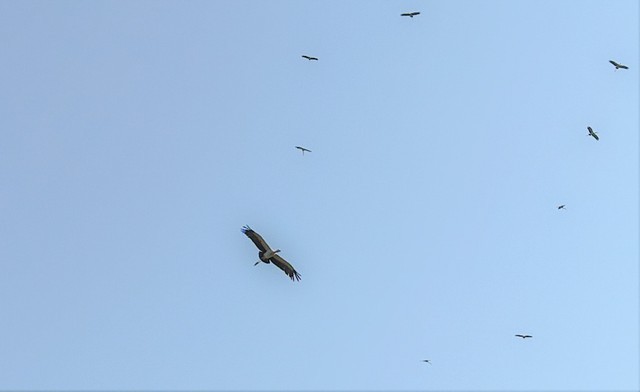 |
| On April 17, the Management Board of Phong Nha - Ke Bang National Park ( Quang Binh ) said that a flock of rare storks, consisting of about 300 - 400 individuals, suddenly appeared in Phong Nha town (Bo Trach district) and neighboring areas such as rice fields and riverside forests in the buffer zone of the national park. Photo: Nguoi Lao Dong. |
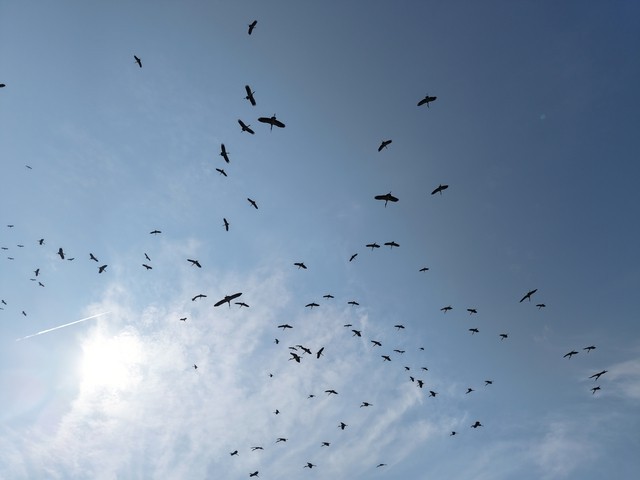 |
| Hundreds of storks spread out to find food during the day. At night, they fly back to roost in the forests around Phong Nha town. These rare storks fly in flocks, spreading their wings wide, circling over rice fields or perching on tall tree canopies. Photo: Nguoi Lao Dong. |
 |
| The scientific name of the swallow stork is Anastomus oscitans. Also known as the snail stork, the swallow stork belongs to the crane family. Photo: Nguoi Lao Dong. |
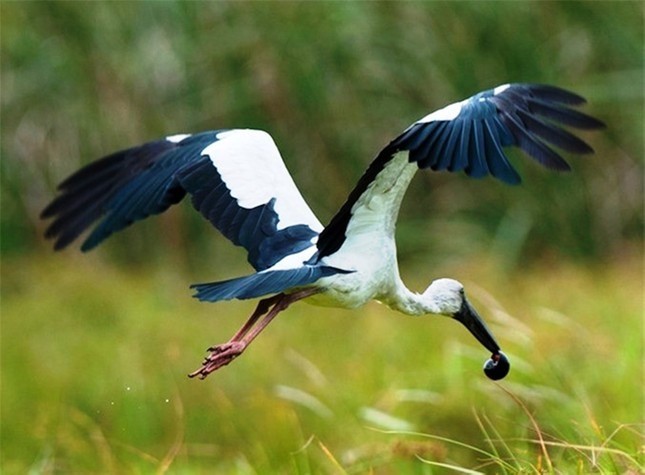 |
| The natural habitat of storks is usually wetlands, rice fields, and swamps - places that are favorable for foraging. Photo: birdwatchingvietnam. |
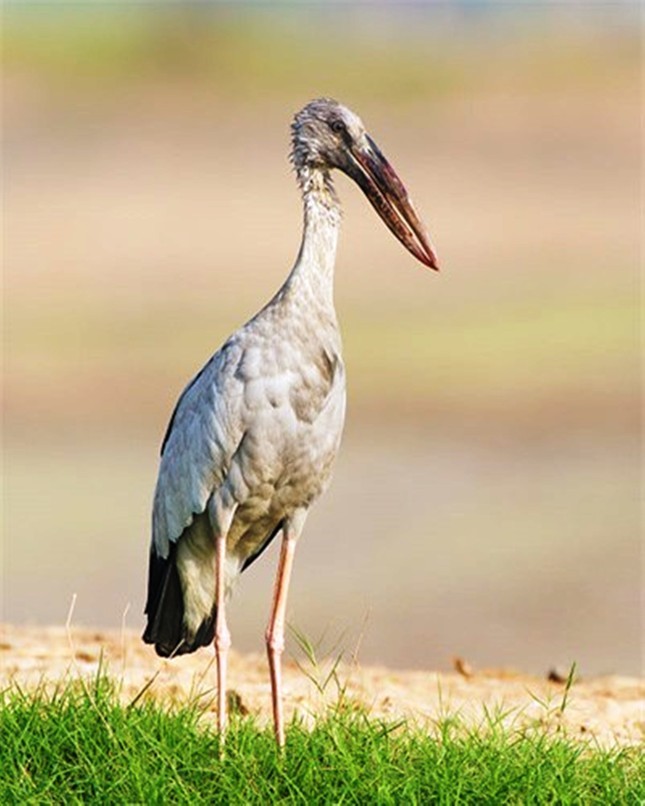 |
| A large water bird, the swallow stork has an average height of about 80 - 90 cm. They have a slender body with distinctive white feathers. Their wings are black with a green or purple tint, and their distinctive grey bill has a gap between the jaws - well adapted to catching and eating snails. Photo: wikimedia. |
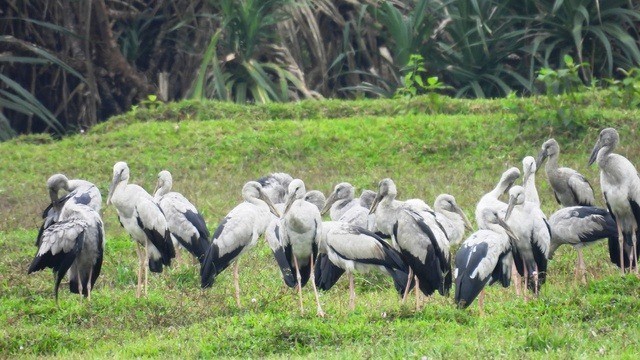 |
| The main food of storks is aquatic animals such as snails, crabs, frogs, and even large insects. Photo: Nguoi Lao Dong. |
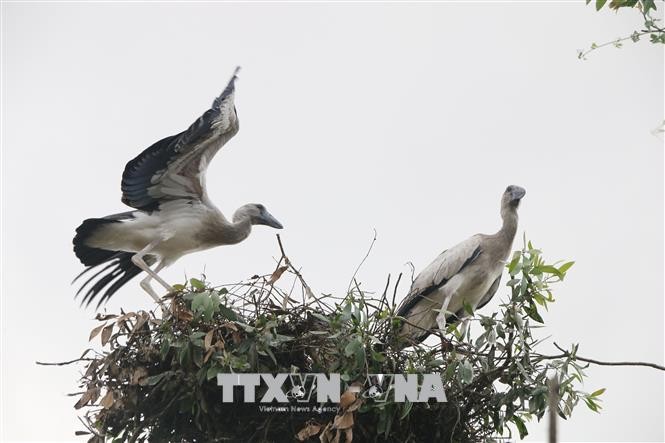 |
| The stork is listed as an endangered species in the Vietnam Red Book. This species is at very high risk of extinction due to its increasingly narrowed habitat, pollution and the impact of illegal hunting activities. Photo: VNA. |
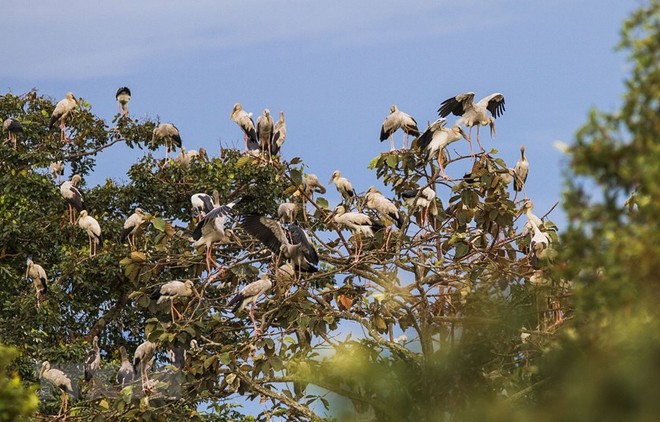 |
| Currently, their habitat and food sources are shrinking, so they have to migrate to other areas. Photo: Thanh Tan/VNA. |
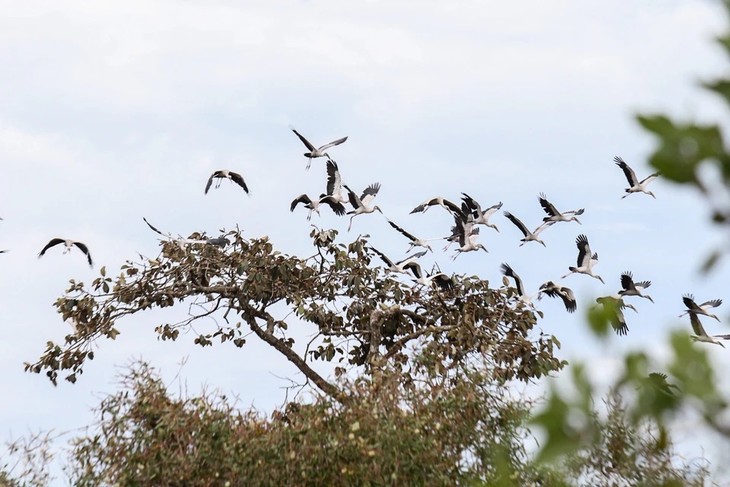 |
| In recent times, the appearance of flocks of hundreds of rare storks in Quang Binh, Hue ... is a positive signal for wildlife conservation as well as showing that the ecological environment in our country is increasingly safe for migratory birds. Photo: Thanh Tan/VNA. |
Readers are invited to watch the video: Amazingly, birds sleep more than 10,000 times a day.
Source: https://khoahocdoisong.vn/loai-chim-quy-hiem-o-viet-nam-tuong-tuyet-chung-bong-tai-xuat-than-ky-post268606.html


![[Photo] Many young people patiently lined up under the hot sun to receive a special supplement from Nhan Dan Newspaper.](https://vphoto.vietnam.vn/thumb/1200x675/vietnam/resource/IMAGE/2025/5/18/6f19d322f9364f0ebb6fbfe9377842d3)
![[Photo] Party and State leaders attend the special art program "You are Ho Chi Minh"](https://vphoto.vietnam.vn/thumb/1200x675/vietnam/resource/IMAGE/2025/5/18/6895913f94fd4c51aa4564ab14c3f250)

![[Photo] Ready for the top competitions of Vietnamese table tennis](https://vphoto.vietnam.vn/thumb/1200x675/vietnam/resource/IMAGE/2025/5/18/9c547c497c5a4ade8f98c8e7d44f5a41)
























































































Comment (0)